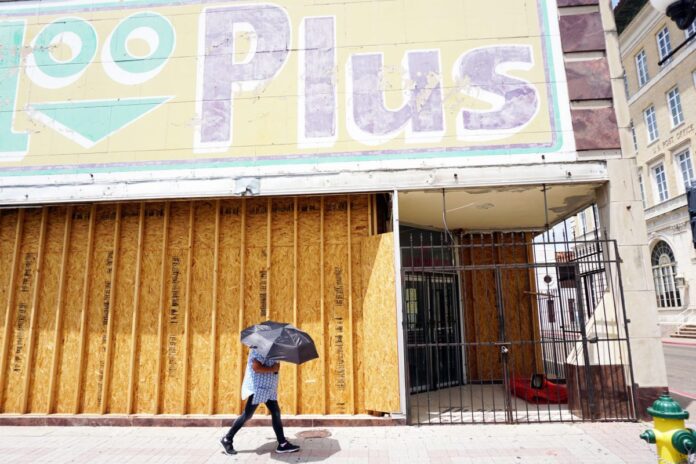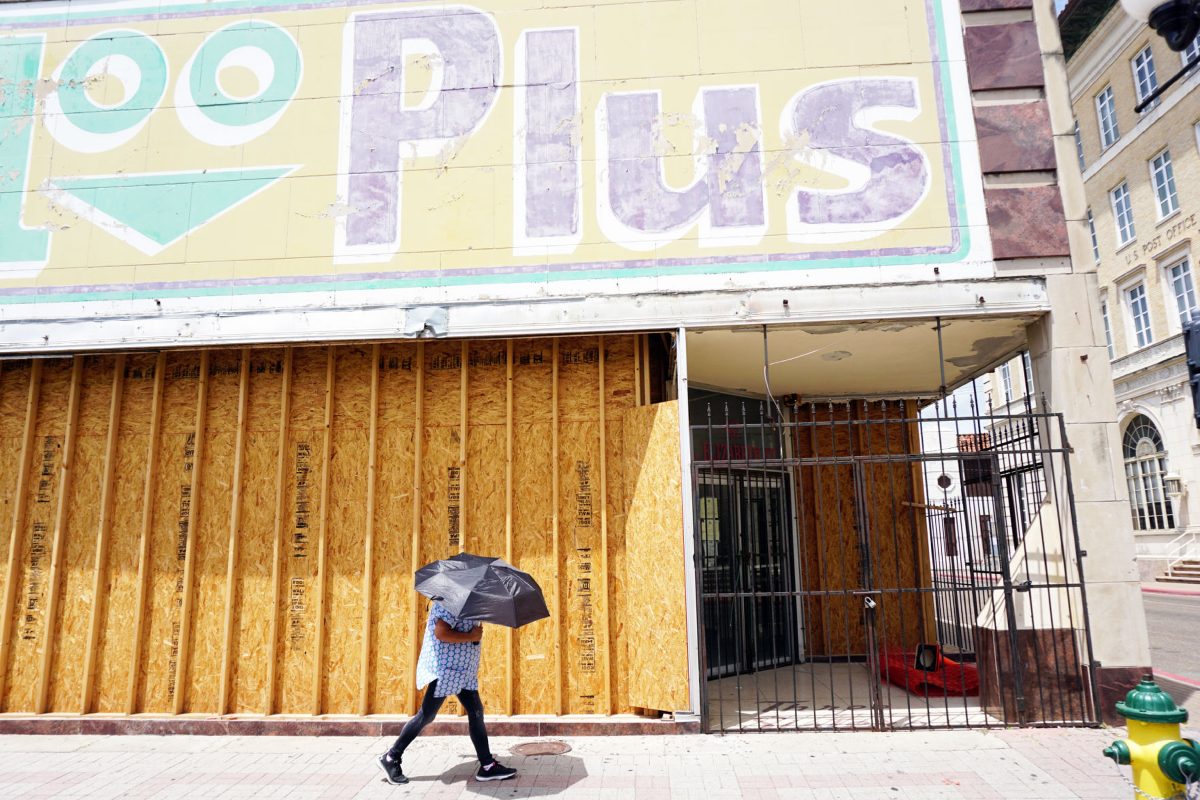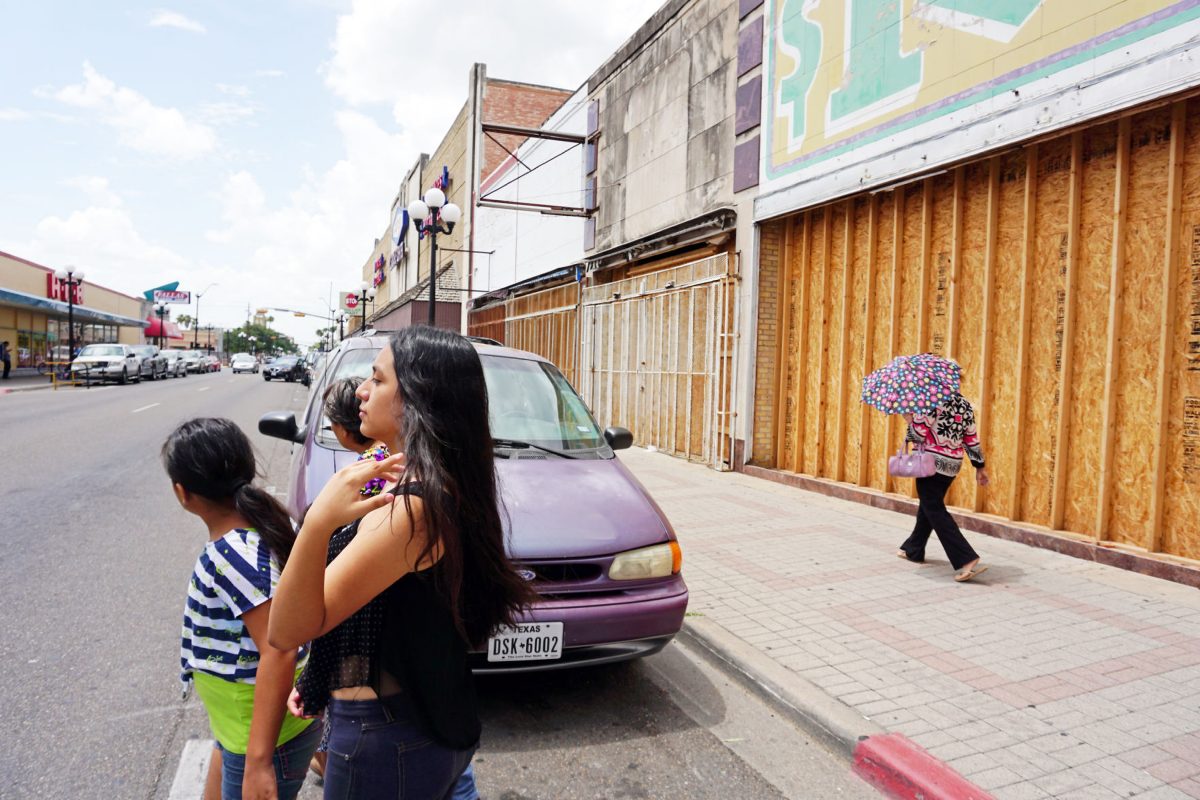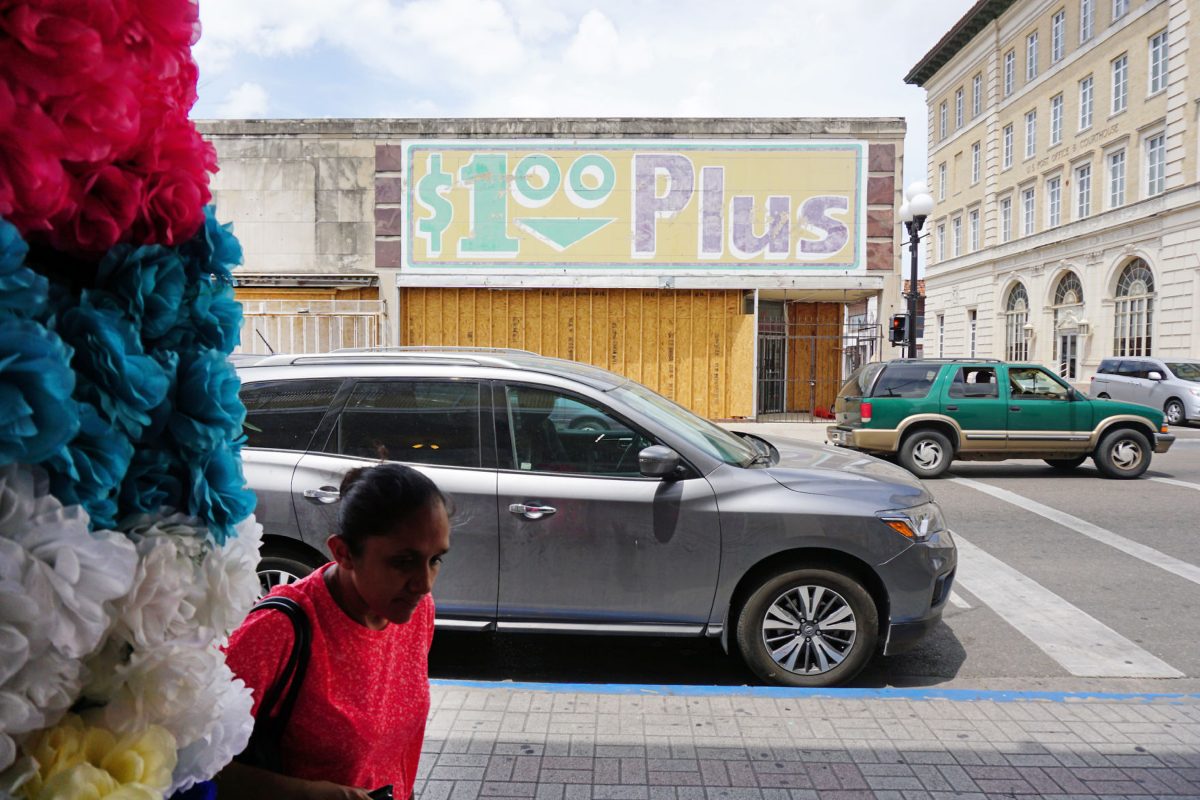BROWNSVILLE — Long ago it was downtown Brownsville’s “Fashion Center,” home to Carl’s Shoe Store, Lee Optical, Perl Bros. Fashion Clothiers, Three Sisters and Weldon’s Credit Jewelers.
Soon, the building at the corner of East Elizabeth and 10th streets will be transformed into a plasma center. The structure has been gutted already, and the old storefronts removed. Construction on the facility is scheduled to begin Monday and expected to be complete in about five months.
The city greenlighted the project prior to the passage last August of a Downtown Overlay District ordinance prohibiting certain business, including plasma centers, from operating within the overlay, which includes Elizabeth Street from East 6th Street to International Boulevard. That portion of Elizabeth Street also is within the Entertainment Use Area portion of the overlay district.
The Stough Group, a Cincinnati, Ohio-based company that specializes in plasma center site selection, design and construction, is doing the work for GCAM, part of GC Pharma, a biopharmaceutical firm based in South Korea. GCAM has about a dozen plasma centers scattered around the United States, including four in Texas — three on the border and one near San Antonio.
According to minutes from the July 12, 2017, meeting of the Historic Preservation and Design Review Board of the City of Brownsville, the design for the Elizabeth Street project was approved subject to certain conditions: The new storefront could not have tinted glass, it had to be “modulated” to follow the “rhythms” of the original storefronts, and the southern corner of the building, particularly the marble and granite pyramidal column, had to be maintained.
The board also required that all historical floor terrazzos in the former vestibules of the old be preserved (they’ll be there, though hidden from view), and that the new storefront feature no canopies. Michael Paul, Stough’s chief operating officer, said the design initially included a canopy, though the idea was nixed due to objections from Brownsville Historic Preservation Officer Juan Velez, with whom, Paul admitted, there was some back and forth.
“He’s a good guy, and he takes his job pretty seriously,” Paul said. “I think the real issue is a focused reuse versus the desire to restore.”
The design board voted unanimously to approve the revised project design. Paul said GCAM identified Brownsville as a viable market and contacted Stough for help locating a site with the best potential for attracting donors — thus downtown.
“It’s demographic based,” he said. “Certainly they believe they can reach the most number of potential donors by having that location.”
Paul, who first came to Brownsville about two years ago to scout sites, said he also looked at the old Kress building at 1263 E. Elizabeth St., but that it had structural issues.
Plasma is the clear, liquid part of blood that remains after all red and white blood cells are removed. The cells are separated from the plasma and returned to the donor after the blood has been drawn. Donors are compensated for the time they spend at the center.
Plasma contains proteins and antibodies that are collected to treat burn victims, bleeding disorders and trauma victims as well as a number of medical conditions, including immune system deficiencies, HIV in children, and some liver conditions.
Another company, CSL Plasma, has three locations in Brownsville, two of them downtown and one on Price Road.
Paul said he believes GCAM will open in early December on Elizabeth Street. The center will create 45 to 60 full-time, entry-level medical jobs, most of which will be filled by local residents, he said. Also, GCAM will pay out between $2 million and $2.5 million in donor fees every year, Paul said.
“Hopefully the area will benefit from some of that money,” he said. “Hopefully it will be a positive thing.”








